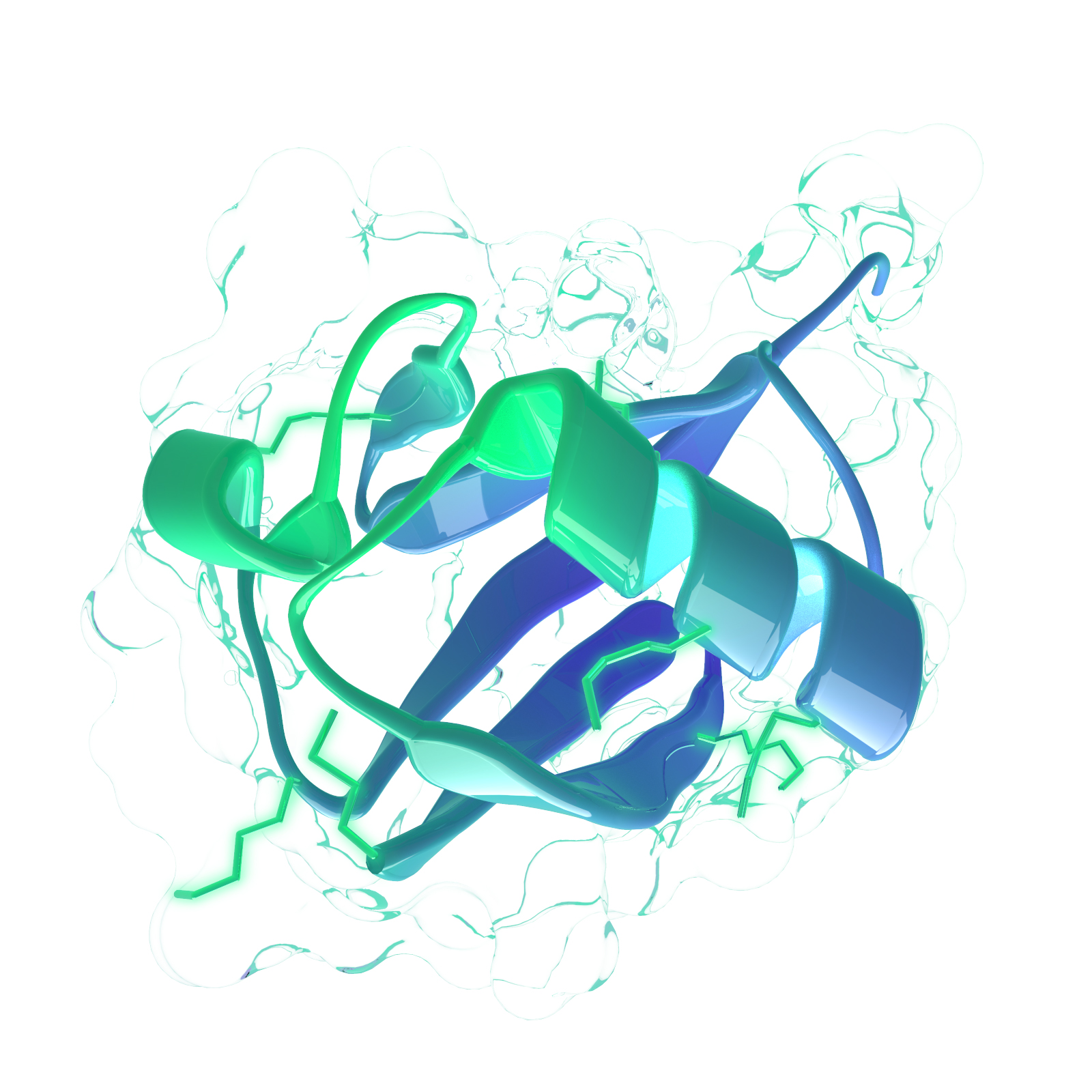From small molecules to complex organelles
Latest News
- November 10, 2025 Two SFB-associated PhD alumni receive the Vienna BioCenter PhD Award 2025 Irene Schwartz and Víctor Sánchez de Medina Hernández, former PhD students whose doctoral projects were embedded within our SFB, have been honored with the Vienna BioCenter PhD Award 2025, recognizing their outstanding scientific contributions on topics closely related to core SFB research themes. Read more →
- November 6, 2025 Sascha Martens secures ERC Synergy Grant for autophagy research How do harmful protein aggregates accumulate in our cells – and why can’t the cell’s natural garbage disposal system always remove them? ‘DegrAbility’, the new ERC Synergy Grant awarded to Max Perutz Labs Perutz group leader Sascha Martens, in collaboration with Claudine Kraft (University of Freiburg) and James Hurley (UC Berkeley), aims to answer this fundamental question. Read more →
- October 16, 2025 FWF Principal Investigator Grant for Elif Karagöz Elif Karagöz, group leader at the Max Perutz Labs, has been awarded a Principal Investigator Grant from the Austrian Science Fund (FWF), to investigate how IGF2BP3 modulates gene expression during endoplasmic reticulum (ER) stress. Read more →
About the Program
Targeted Protein Degradation: From small molecules to complex organelles
Our Special Research Program is a collaborative research platform to unravel how proteins are targeted for degradation. We focus on the two major cellular proteolytic pathways, the ubiquitin-proteasome system (UPS) and autophagy, and the crosstalk between them in the cytoplasm and in the nucleus. Furthermore, we investigate how small molecules can be used to chemically reprogram the degradation systems, enabling the targeted proteolysis of selected proteins in a spatially and temporally controlled manner …

Selected Publications
- 2024 Tau fibrils evade autophagy by excessive p62 coating and TAX1BP1 exclusion Science Advances Go to publication →
- 2024 Large-scale chemoproteomics expedites ligand discovery and predicts ligand behavior in cells Science Go to publication →
- 2023 Structural basis of how the BIRC6/SMAC complex regulates apoptosis and autophagy Science Go to publication →